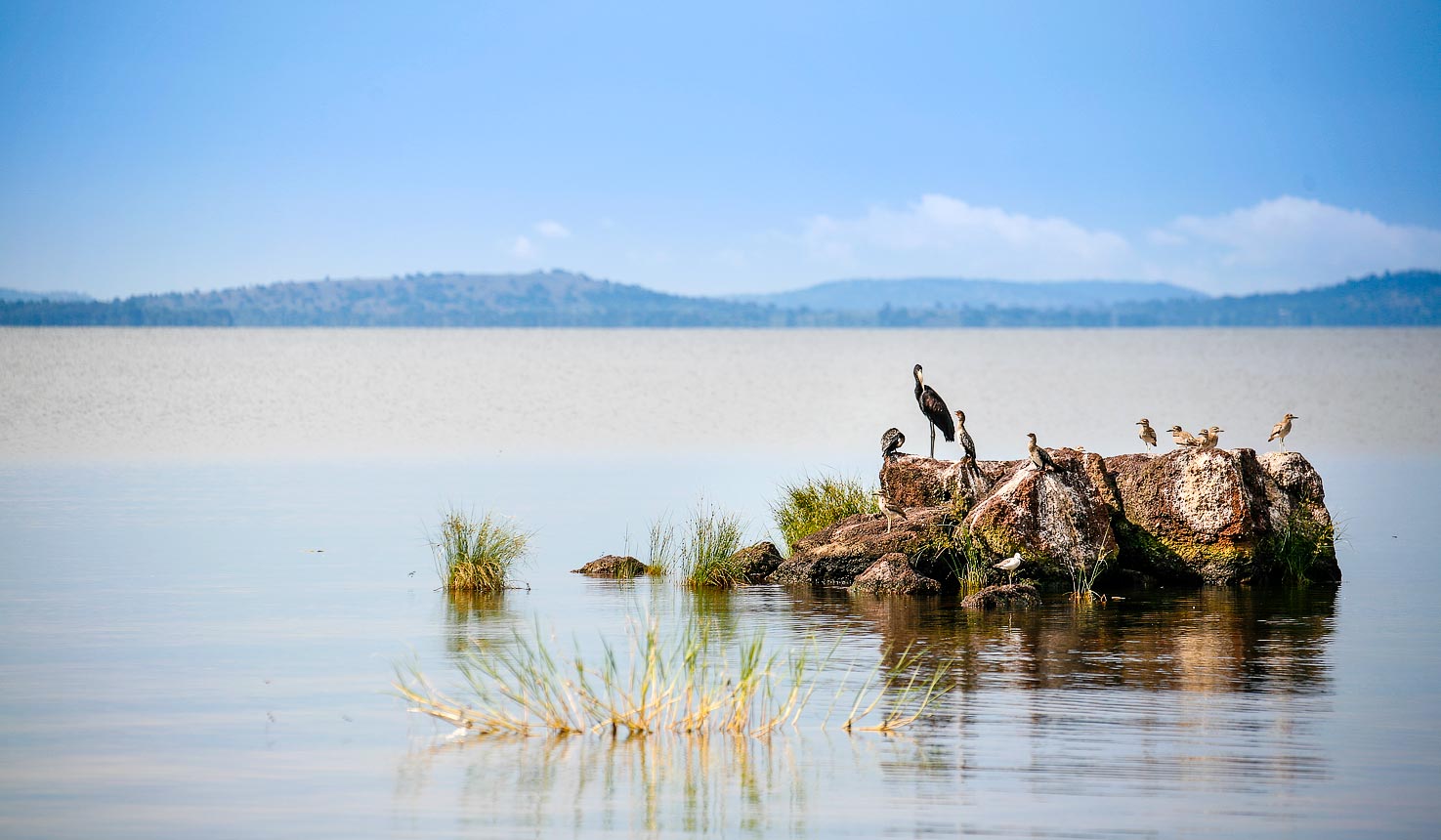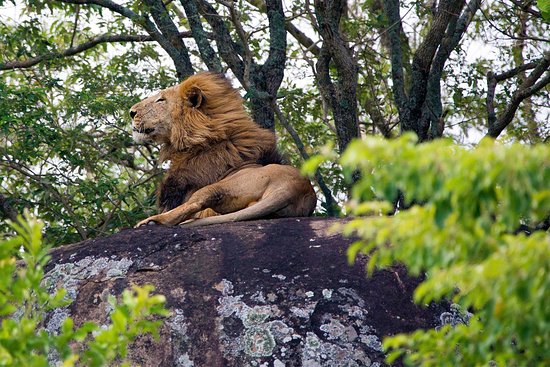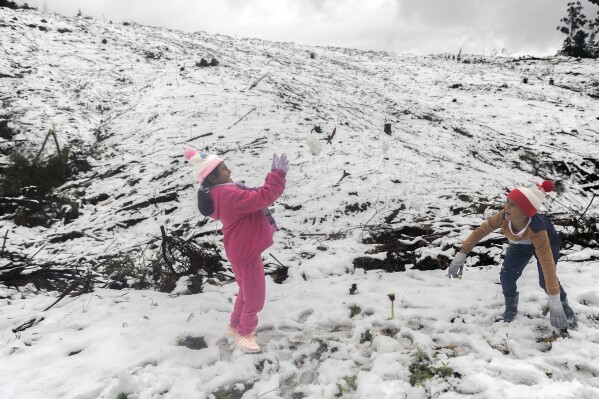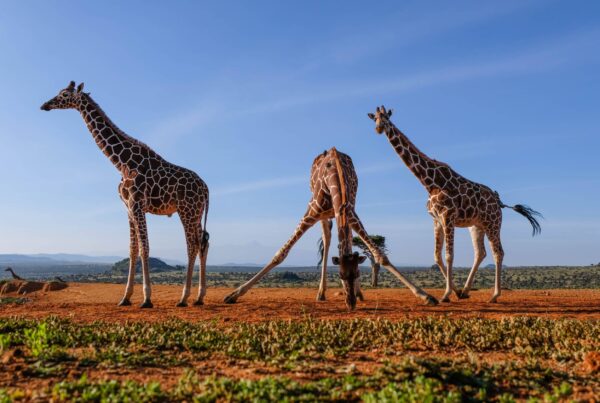Top 10 Experiences — Ssese Islands Wildlife Photography Tips with Kids
Where Wilderness Meets Wonder
In the middle of Lake Victoria, the largest freshwater lake in Africa, lies an archipelago that has long captured the imagination of travelers. The Ssese Islands are not just a destination; they are a story of beauty, tranquility, and discovery. For families traveling with children, the islands offer an experience unlike any other—one where the magic of wildlife photography is paired with the slow rhythm of island life. Few places in Uganda create such a powerful blend of natural beauty and family adventure.
The art of wildlife photography requires patience, attentiveness, and a deep respect for nature. When explored through the eyes of children, however, it becomes a journey of wonder. Every rustling leaf, every bird call, and every gentle wave carries the potential for a lasting image. The Ssese Islands present an ideal canvas for such experiences, with their rich ecosystems, abundant birdlife, and enchanting forest paths that invite discovery at every step.
For parents who seek to balance relaxation with meaningful activities, the islands provide the perfect opportunity. Families are able to slow down, enjoy each other’s company, and nurture a shared love of nature. Through photography, children learn not only how to capture images but also how to see the world in detail, to notice the small wonders that often go unseen.
This article explores the top 10 experiences that define a wildlife photography journey on the Ssese Islands with kids. It also provides practical guidance for first-time families, ensuring that the adventure is both enjoyable and educational.
Discovering the Ssese Islands as a Wildlife Haven
An Archipelago of Untamed Beauty
The Ssese Islands are made up of eighty-four islands, scattered like jewels across the waters of Lake Victoria. While some islands remain largely untouched, others are inhabited and have developed small communities where fishing and farming thrive. For families, this diversity offers both cultural interaction and pristine landscapes ideal for exploration.
Forests filled with tall trees, winding nature trails, and hidden clearings become settings where wildlife encounters are framed through the lens. Birds flutter above in colorful displays, monkeys leap between branches, and the lake’s waters provide opportunities to capture reflections and moods of the island life.
Why Photography Thrives Here
The islands’ unique combination of forest cover, open shorelines, and wetlands creates habitats that sustain abundant species. For wildlife photographers, this variety ensures that every moment is filled with possibility. The light across the lake, particularly at dawn and dusk, adds drama to compositions, making it an excellent location to introduce children to the techniques of natural lighting in photography.
The First Experience: Capturing Island Sunrises
One of the most rewarding moments for families on the Ssese Islands is witnessing the sunrise. As the sun rises above Lake Victoria, the water transforms into a canvas of gold and pink, reflecting the islands in breathtaking hues. For children learning photography, this becomes a lesson in capturing light, framing landscapes, and understanding the patience required to wait for the perfect moment.
Parents often find that mornings on the islands are filled with calmness, making them ideal times for children to explore their creativity without distraction. The soft light also ensures that photographs are naturally vibrant, allowing young learners to see immediate results from their efforts.
The Second Experience: Forest Walks with Cameras in Hand
The dense forests of the Ssese Islands hold mysteries that unfold gradually. Walking along the trails with children, cameras in hand, turns an ordinary hike into a photography adventure. Every sound becomes a cue to pause, look around, and perhaps capture a hidden subject.
Families often encounter monkeys swinging in the trees, butterflies fluttering through the sunlight, and a variety of bird species perched along branches. Teaching children to focus on stillness, to wait for movement, and to respect the silence of the forest instills both discipline and appreciation for wildlife. These forest walks become not only opportunities for exercise but also platforms for storytelling through images.
The Third Experience: Birdwatching and Photography
The Ssese Islands are recognized as a haven for birdwatchers. Families visiting with children will find that the islands provide an excellent classroom for learning about bird behavior while practicing photography. With more than 300 bird species recorded in the region, including the African fish eagle, kingfishers, and herons, there is never a shortage of subjects.
Children are often fascinated by the challenge of capturing birds in flight. While this requires patience and practice, the islands provide endless chances to experiment. Parents guiding children through this process often find that bird photography fosters observation skills, encouraging children to notice details in movement, color, and patterns that would otherwise go unnoticed.
The Fourth Experience: Lakeshore Wildlife Encounters
The edges of Lake Victoria are alive with activity. Families walking along the shores of the Ssese Islands encounter fishermen preparing their boats, children from local villages playing by the water, and wildlife that gathers along the edges to drink. These moments create opportunities for both cultural and wildlife photography.
Children often find shoreline settings easy to capture because the subjects are close and the scenes naturally dynamic. The balance between human activity and wildlife creates images that reflect the authentic rhythm of the islands. For families, these lakeshore encounters often become cherished memories, preserved not just in images but in shared experiences.
The Fifth Experience: Sunset Photography Adventures
If the sunrise introduces children to the gentleness of light, the sunset teaches them about drama and contrast. Evenings on the Ssese Islands bring skies that blaze with orange, red, and purple. The waters reflect these tones, creating breathtaking backdrops for silhouettes of boats, birds, and trees.
Families often gather on beaches during these hours, waiting patiently as the sky transforms. Teaching children to use these moments to frame subjects creatively—perhaps a fisherman casting a net or a bird perched on a tree branch—provides them with both technical skills and artistic vision.
The Sixth Experience: Macro Photography of Island Details
Wildlife photography is not limited to grand landscapes or large animals. The Ssese Islands provide endless opportunities for macro photography, which focuses on the small wonders often overlooked. Children are naturally curious, making this experience particularly rewarding.
Families often find that insects, flowers, and textures of tree bark become fascinating subjects when viewed up close through a camera lens. Encouraging children to kneel, focus carefully, and capture these small details fosters mindfulness. It shows them that beauty exists not only in the grand scenes but also in the minute wonders that make up the ecosystem.
The Seventh Experience: Storytelling through People and Wildlife
The Ssese Islands are not only home to wildlife but also to communities whose lives are deeply connected to the lake. Families traveling with children can introduce them to the art of storytelling through photography by capturing interactions between people and their environment. Fishermen casting nets, women preparing food, or children playing near the water all provide subjects that enrich the family album.
For children, learning that photography can tell stories beyond individual moments adds depth to their understanding of the craft. It transforms photography from a technical skill into a form of expression. Parents often find that these shared storytelling sessions become powerful moments of reflection and bonding.
The Eighth Experience: Night Photography and Stars
When the sun sets and the island quiets, another kind of beauty emerges. The Ssese Islands, away from the light pollution of major cities, reveal skies filled with stars. For children, staying up late to capture night photography becomes a thrilling adventure.
Parents guiding children in long-exposure techniques often find that this experience teaches patience in a unique way. Waiting for the camera to capture starlit skies or the gentle glow of moonlight on the lake instills a sense of awe. Night photography adds a magical dimension to the journey, expanding the horizons of what photography can capture.
The Ninth Experience: Island Boat Rides with Cameras
Exploring the Ssese Islands from the water offers new perspectives. Families who embark on boat rides discover that the lake provides endless photographic opportunities. Birds perched on reeds, fishermen casting nets, and reflections of the islands on the water’s surface all create captivating subjects.
Children often enjoy the movement of the boat and the sense of adventure that comes with being on the water. Teaching them how to stabilize cameras and anticipate movement turns the ride into both an adventure and a lesson. These boat rides create unforgettable experiences, blending excitement with creativity.
The Tenth Experience: Creating a Family Photography Album
The final and perhaps most rewarding experience of wildlife photography on the Ssese Islands is compiling the images into a family album. This activity allows children to reflect on their work, choose their favorite images, and tell stories about what they captured.
Parents often discover that reviewing photographs together strengthens family bonds. Each image becomes a memory, a shared story, and a lesson learned. The album becomes not just a collection of photographs but a testament to the family’s journey through the Ssese Islands.
Seasonal Considerations for Photography Families
The Ssese Islands experience a tropical climate with two main dry seasons—from December to February and June to August—and two wet seasons, from March to May and September to November. For wildlife photography, the dry seasons are particularly rewarding. Clear skies, gentle light, and accessible trails create ideal conditions for families with children.
The wet seasons, however, bring their own beauty. Lush greenery, dramatic skies, and reflections on rain-kissed surfaces add richness to photographs. Families traveling during these months often enjoy fewer crowds, allowing children to explore more freely.
Memories Framed by the Ssese Islands
The Ssese Islands are more than a destination; they are an experience of connection—connection to nature, to family, and to the art of photography. For parents traveling with children, the islands provide a rare opportunity to blend learning with adventure, to slow down and notice the details, and to nurture creativity together.
The top 10 experiences outlined here—from sunrises and forest walks to night skies and family albums—create a journey where wildlife photography becomes more than images; it becomes a language of love and discovery. Families leave the islands with more than photographs; they carry stories, lessons, and bonds that endure long after the trip ends.
For those inspired to embark on such a journey, it is recommended to plan and book African tours and safaris through WildHorn Africa. With expertise in crafting tailored family adventures, WildHorn Africa ensures that every moment on the Ssese Islands is framed not only through the lens of a camera but also through the heart of shared experience.





 WildHorn Africa – Authentic and unforgettable tours across Africa, guided by local experts who know the land, wildlife, and culture best.
WildHorn Africa – Authentic and unforgettable tours across Africa, guided by local experts who know the land, wildlife, and culture best.


